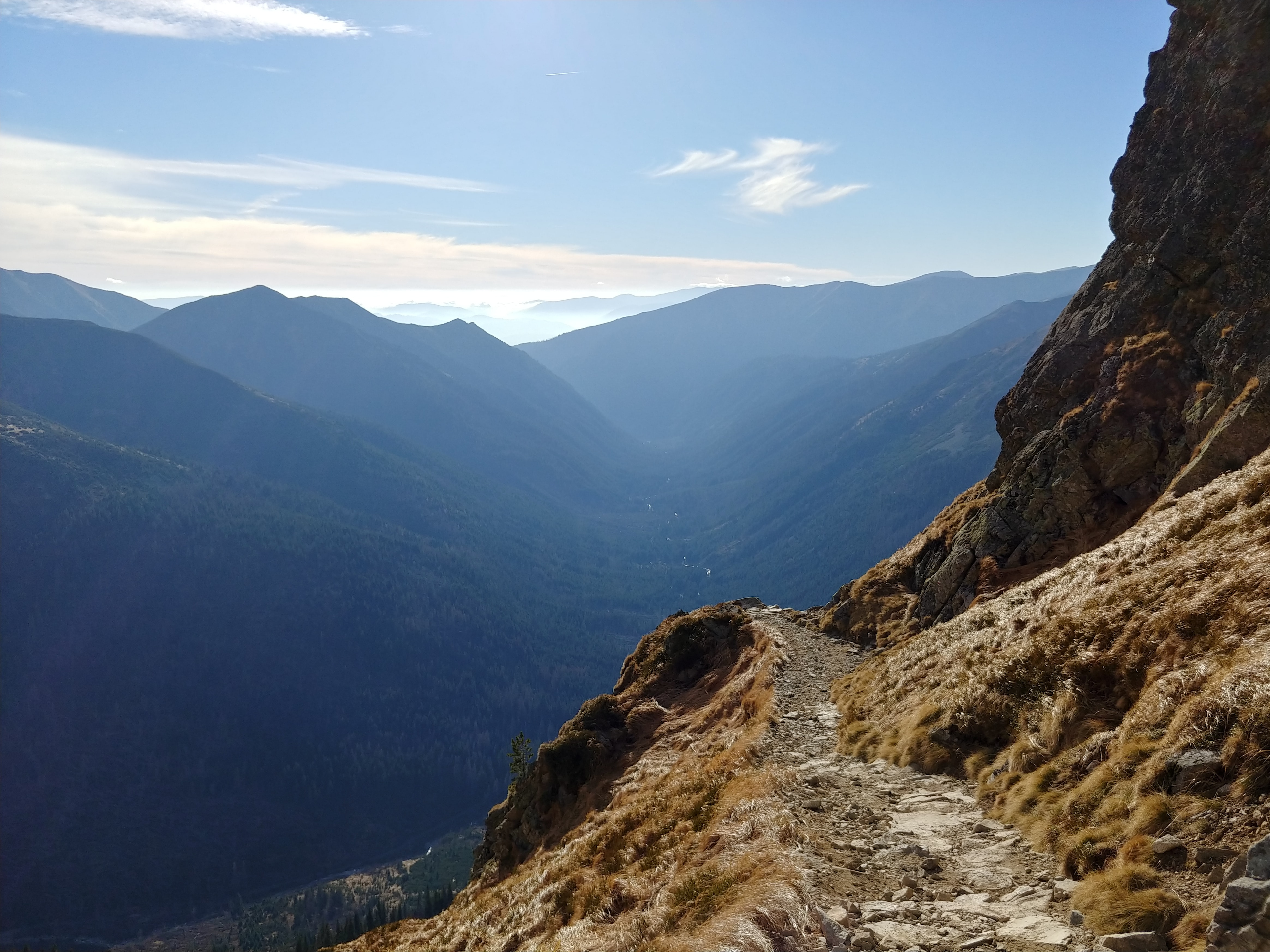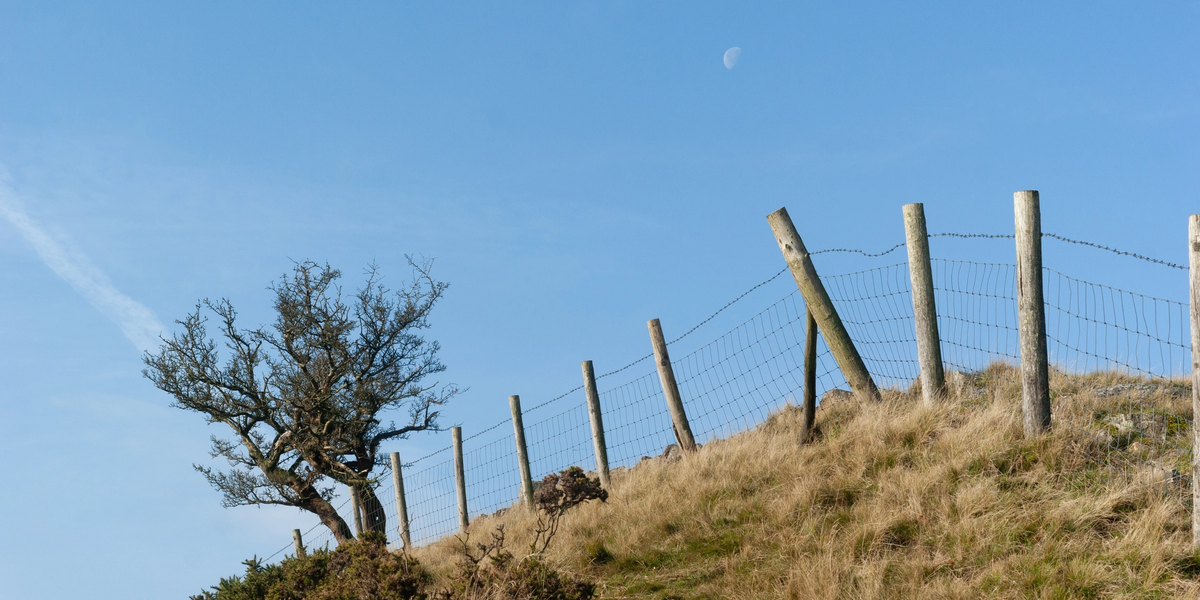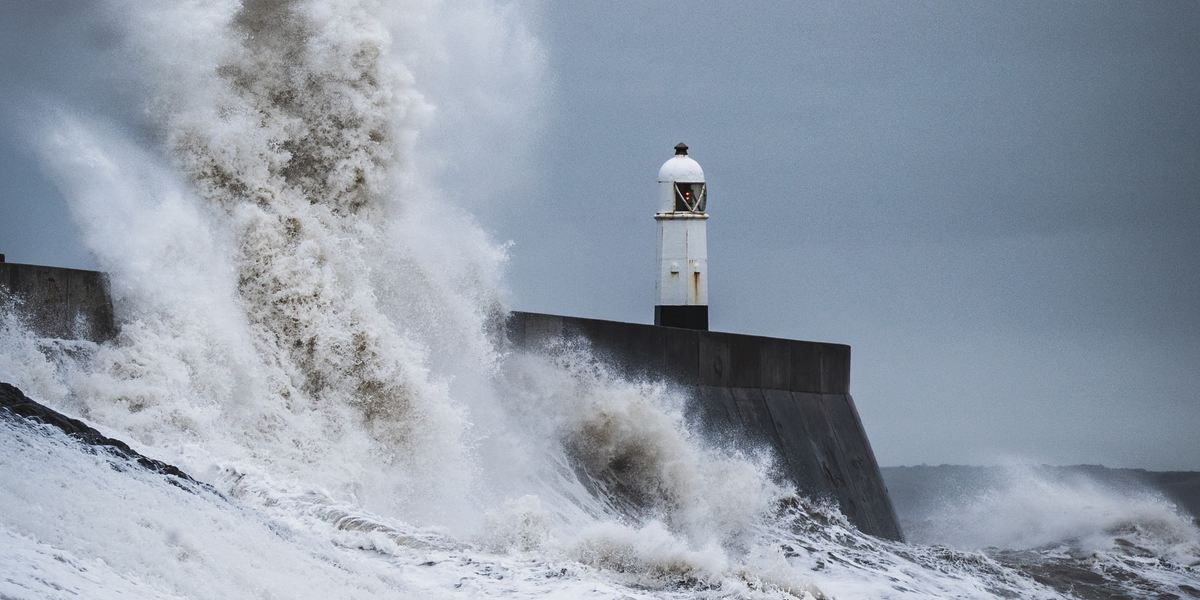Fresh Thoughts #23: The Time a Teenage Girl Broke Her Back
- Newsletter

A side effect of being in a stressful situation is the desire to do something.
Anything.
Maybe it helps. Perhaps it doesn’t.
But at least you’re making a difference.
In Incident Response, “doing anything” can sometimes make things much, much worse. And it always burns time.
Did I ever tell you about the time when doing nothing meant a 13-year-old girl wasn’t paralysed for life?
At 18, I took a gap year before going to university. I spent 9 months at an outdoor centre halfway up a mountain. It was fun - kayaking off waterfalls, climbing and being in the hills.
For every advance in pushing the limit, there also came a safety course. It’s ok to run Grade V rapids, but you need to know how to perform a rescue when it doesn’t quite go to plan.
One such training course was four days of First Aid for Mountain Leaders. There were helicopter rescue simulations. It was brilliant.
Two weeks later, on a typical November afternoon, I was starting to prepare dinner for a group.
“Please can go to grid reference 386164? Someone has slipped off a path and is hurt….”
Grabbing a coat and first aid kit, I set off for the climb up the hill. Sure enough, a young girl had slipped off a path while orienteering and fell down a steep rocky slope.
Rule 1: Assess the situation. Is it safe?
Rule 2: Introduce yourself & make an initial assessment… ABC...
“Hi. I’m Joe… You seem to be in a bit of a pickle….” Pained laugh. Damn those jokes. On it went - through the steps. Checking. Assessing.
Then came the decision.
Right. It’s cold. Nasty gash to her head. Not bleeding. But she isn’t moving much. Don’t move her. Do nothing.
Blanket on top, wait for mountain rescue.
For the next 45 minutes, I babbled about what I thought 13-year-old girls talked about… Neighbours (the Australian TV sitcom)… 🤷♂️
With blessed relief, Mountain Rescue arrived, and she didn’t have to make small talk about a show she wasn’t particularly interested in.
Towards the end of the rescue, the Mountain Rescue team used the cool full-body beanbag splint I’d seen 2 weeks earlier. Hmm… that means a broken back.
Over the next few hours, the details trickled in… Broken back.
Crack on T3.
Breaks to vertebrae T4 and T5.
Eek… T4 spinal injuries have a habit of paralysing from the chest down.
But she was ok.
I can’t overstate the rollercoaster of emotions over the next few days. Still, by the end of the week, a line had been drawn under the situation.
I’d made a decision - based on simulations and training.
It could have been awful.
It wasn’t.
Move on.
Years later, I went on a training course where the mantra was - “If there’s nothing to do… do nothing.” This could easily be applied to incident response, and I thought back to this incident.
One of the crucial benefits of preparing for an incident and creating a response plan is that you can offload thinking to a more convenient time. The heat of the moment is never a good time to figure things out.
If you can run simulations - even better - you can work out the rough spots that didn’t work.
But you will still make mistakes… like failing to ask, “What’s your name?” 🤦♂️
(I only found out 2 days later.)


